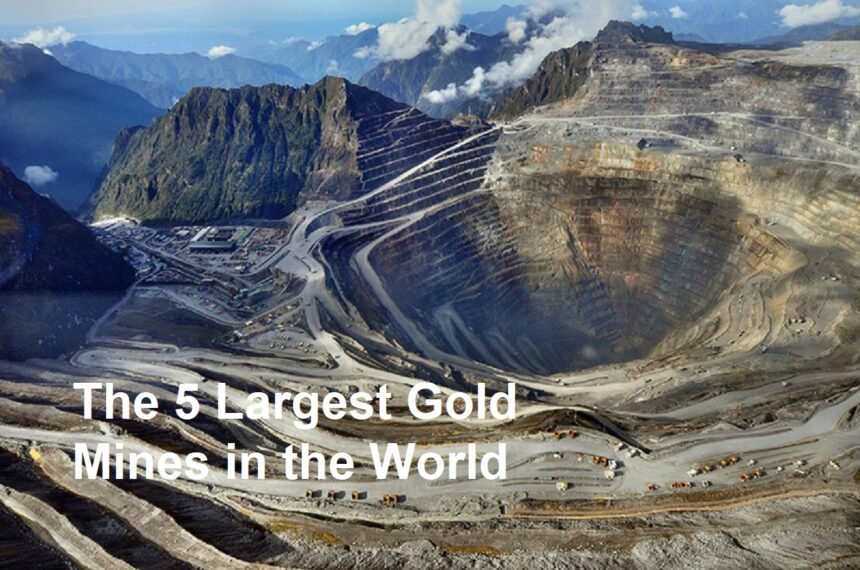Introducing
Gold has fascinated humanity for centuries, not just for its inherent beauty but for its power to fuel economies, inspire legends, and lure fortune-seekers worldwide. For anyone curious about where the largest treasures are buried—quite literally—let’s dive into the world’s five largest gold mines, the titans of the modern mining industry.
1. Grasberg Mine, Indonesia
When whispers of vast gold reserves reach the ears of miners, many imagine the iconic Grasberg Mine in Papua, Indonesia. Operated by Freeport-McMoRan, this sprawling site is not only the world’s largest gold mine by production volume but also one of the largest copper producers. The Grasberg complex is stacked with both open-pit and underground operations. Over the years, Grasberg has produced hundreds of tonnes of gold. Its location among the lush mountains and nearby glaciers might sound serene, but its machinery hums with relentless energy, churning out gold that shapes both local and international markets.
2. Muruntau Mine, Uzbekistan
In the vast deserts of Uzbekistan, the Muruntau Mine stands as a golden beacon. It’s hard to imagine that what looks like a giant crater in the arid sands is the single largest open-pit gold mine on Earth. The Muruntau Mine stretches for more than 3.5 kilometers in length, and its depth has dropped over 600 meters, making it visible from space! Since starting operations in the 1960s, Muruntau has produced over 2,000 tonnes of gold. The mining town nearby exists primarily because of this massive operation, and much of Uzbekistan’s economic stability revolves around the gold rushing out of this epic pit.
3. Olimpiada Mine, Russia
Traveling north, the cold Siberian winds sweep over Russia’s mammoth Olimpiada Mine. This facility is the crown jewel of Polyus, Russia’s largest gold producer. Found in the frigid Krasnoyarsk region, Olimpiada has been in operation since the 1990s. The site has both open-pit mines and ore-processing plants. Its annual output is immense, often exceeding 40 tonnes per year. Olimpiada’s efficiency and vast reserves ensure Russia remains a heavyweight player in global gold markets.
4. South Deep Gold Mine, South Africa
Moving on to South Africa—the legendary land of gold rushes and elephant herds—the South Deep Gold Mine near Johannesburg is a subterranean wonder. It claims the title of the world’s deepest gold mine, plunging more than 3 kilometers below the earth’s surface. With modern technology, miners reach depths once thought impossible. South Deep still contains vast untapped reserves, ensuring its position as a vital contributor to the South African economy and a symbol of engineering ambition.
5. Carlin Trend, United States
Welcome to Nevada, America’s wild west, where the Carlin Trend represents a cluster of gold mines rather than a single pit. Operated mainly by Newmont Corporation, the Carlin complex covers a stretch of more than 8 kilometers. Since being discovered in the 1960s, Carlin has produced more gold than any other mining complex in the Western Hemisphere. Its deposits are often embedded in tiny particles, requiring chemical processing—proof that not all gold glitters visibly when first unearthed.
Conclusion: Gold Mines That Shape Our World
From the soaring glaciers of Papua to the arid deserts of Uzbekistan, these five gold mines are responsible for a significant portion of global gold output. They are more than just industrial operations—they symbolize human ingenuity, the thirst for discovery, and the enduring allure of gold. Every ounce extracted from these depths has traveled an extraordinary journey, passing through the hands of miners, nations, jewelers, and finally the people who treasure it. Next time you spot gold gleaming in a shop window, remember the hidden titans and the stories they hold underground.












